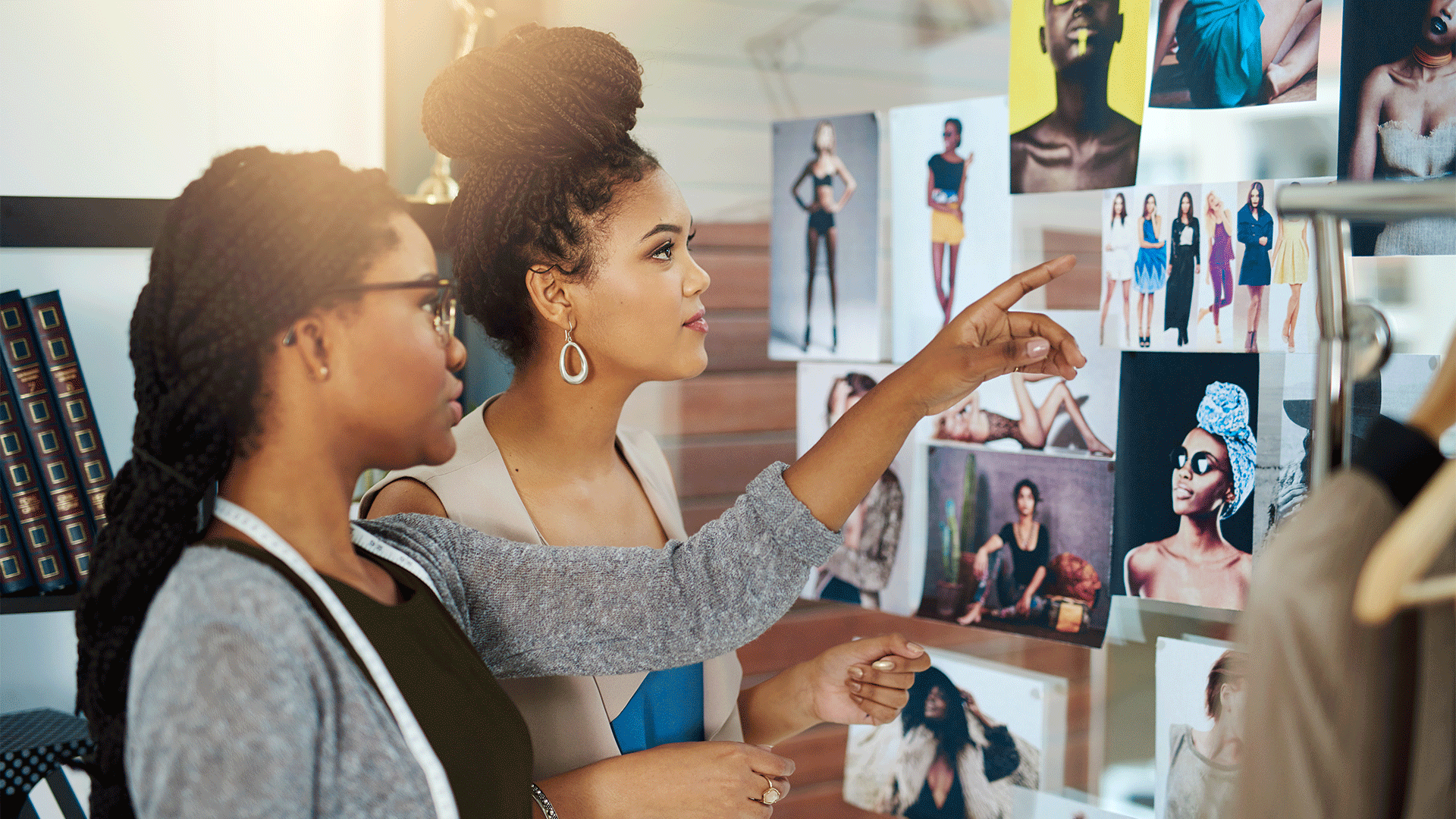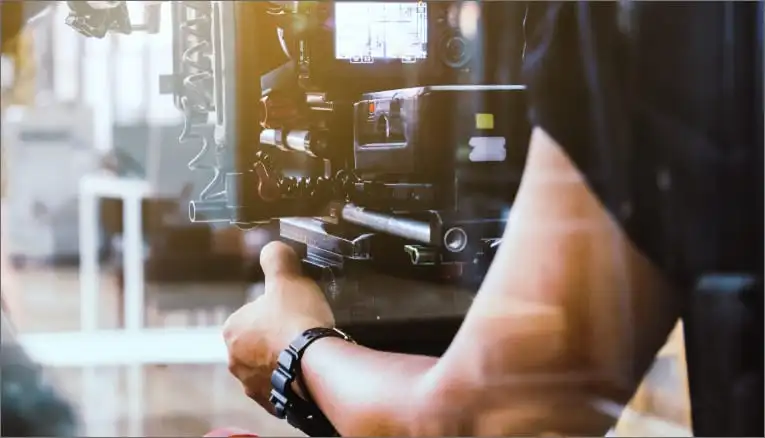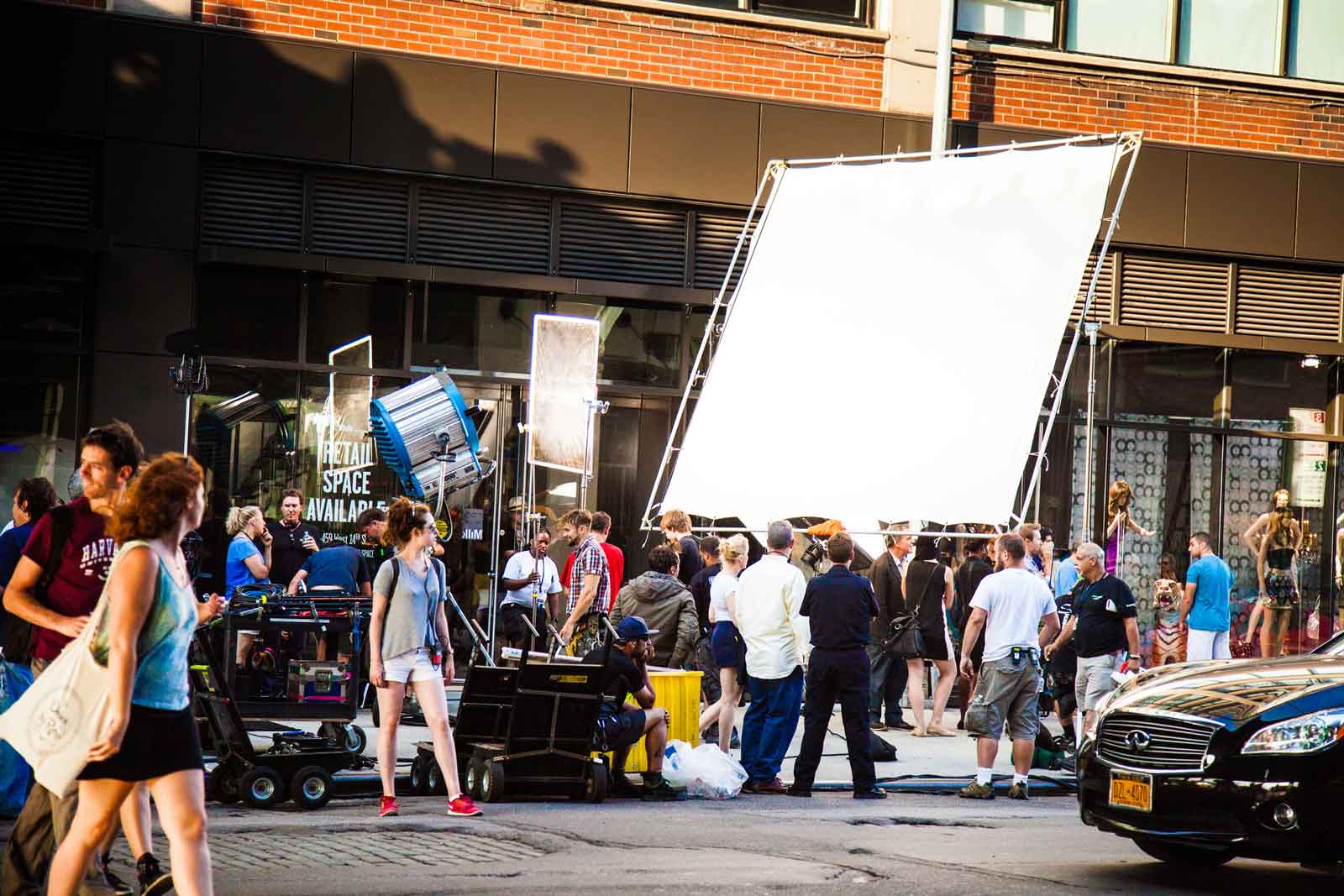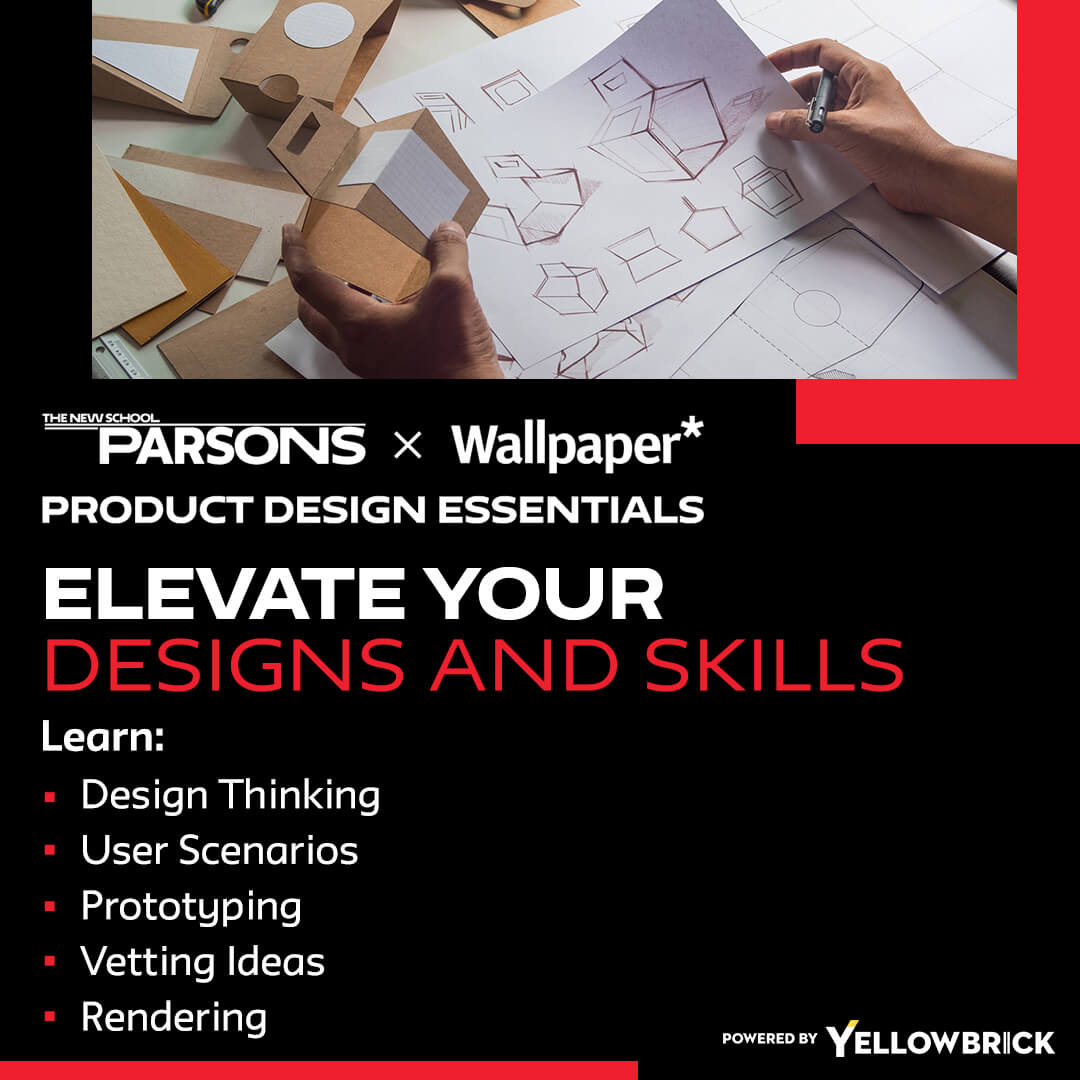Preparing for a product design interview can feel overwhelming, but with the right strategies and mindset, you can approach it with confidence. This guide will walk you through the key aspects of preparation—covering interview formats, essential skills, proven techniques, and tips for showcasing both expertise and creativity.
Understanding Product Design Interviews
Product design interviews are designed to assess not only your technical abilities but also your creativity, problem-solving skills, and cultural fit. Employers want to see how you think, how you collaborate, and how you translate ideas into impactful user experiences.
By understanding these expectations and preparing in a focused way, you can stand out as a thoughtful, well-rounded designer.
Essential Skills and Knowledge Areas
Interviewers typically look for strong performance in these areas:
- Design Thinking: Demonstrate your ability to empathize with users, define problems clearly, generate creative solutions, prototype effectively, and iterate based on feedback.
- Technical Skills: Show proficiency in relevant design tools, prototyping software, and foundational design principles.
- Portfolio Presentation: Prepare a portfolio that clearly illustrates your design process, challenges faced, and the results achieved.
- Communication Skills: Explain your decisions clearly, engage in productive discussions, and adapt your language for both technical and non-technical audiences.
- Problem-Solving: Share examples of tackling complex challenges with innovative, user-focused solutions.
Effective Interview Techniques
Success in a product design interview depends on how well you apply your skills under interview conditions. Key strategies include:
- Behavioral Question Prep: Use real-life examples to answer questions about past experiences and challenges.
- Design Challenges: Practice solving case studies or design tasks that simulate real-world problems.
- Collaborative Exercises: Show that you can listen, adapt, and contribute meaningfully in team-based tasks or critiques.
- Technical Assessments: Be ready to demonstrate practical design skills through prototyping or visual problem-solving exercises.
Tips for Showcasing Expertise and Creativity
To make a lasting impression:
- Research the Company: Understand its products, design philosophy, and target audience to tailor your responses.
- Practice Design Critique: Evaluate sample designs and explain your reasoning to show analytical thinking.
- Stay Updated: Follow industry trends, new tools, and emerging technologies.
- Seek Feedback: Use mock interviews and peer reviews to refine your delivery.
Real-World Examples of Successful Strategies
Learning from the experiences of other candidates can give you valuable insight into what works in a product design interview. These real-world examples highlight approaches that left a strong impression on interviewers and showcased the candidates’ skills effectively.
- Case Study Storytelling: A candidate presented a project by walking through the problem, their thought process, the challenges faced, and the measurable results. This narrative approach helped the interviewer see their value clearly.
- Collaborative Workshop Simulation: Another designer excelled in a group exercise by listening actively, contributing ideas, and helping others refine their concepts—demonstrating leadership without dominating the conversation.
- Tool Versatility Showcase: One applicant impressed the panel by switching between Figma, Sketch, and Adobe XD during a live challenge, showing adaptability and a strong technical foundation.
Conclusion
A product design interview is not just a test of your technical skills—it’s a chance to prove how you think, how you solve problems, and how you collaborate. With focused preparation in the right areas, you can communicate your value with confidence and leave a lasting, positive impression.
Key Takeaways:
- Product design interviews test how you think, solve problems, and collaborate—not just technical skills.
- Focus on design thinking, clear communication, strong portfolio presentation, and tool proficiency.
- Prepare for behavioral questions, design challenges, and collaborative exercises.
- Research the company to tailor your responses and align with its goals.
- Show adaptability, creativity, and real-world problem-solving through examples and portfolio work.
Elevate your design interview readiness by considering the Parsons Product Design Essentials online course and certificate program offered by Yellowbrick for a comprehensive learning experience.








